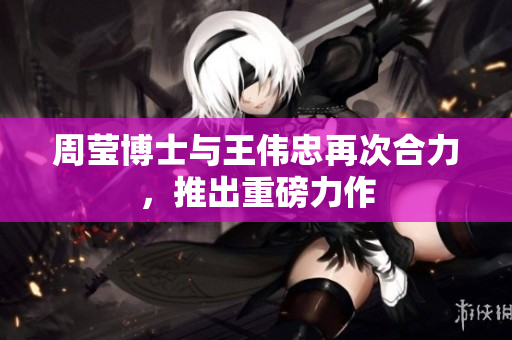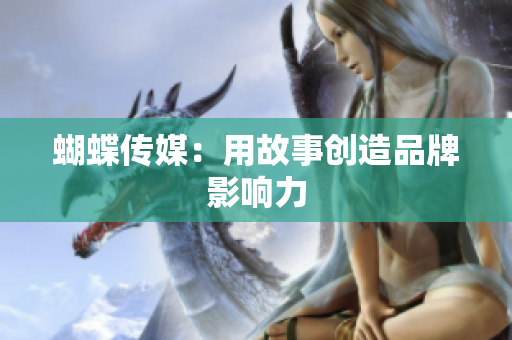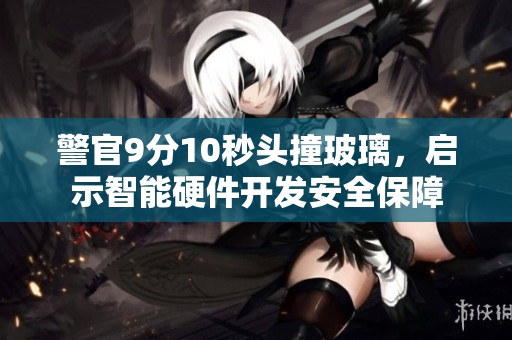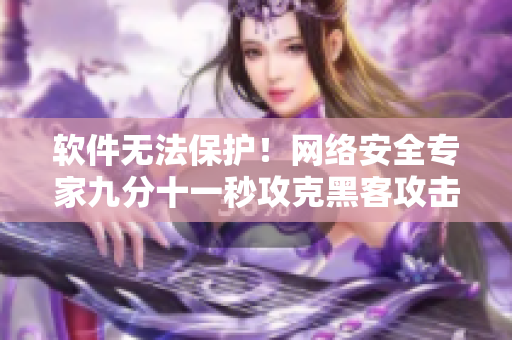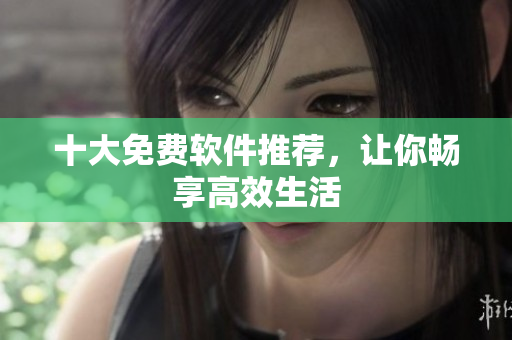Introduction
Art and technology are two seemingly unrelated fields, but they often intersect in unexpected ways. Top Western humanities and art works have inspired and shaped the cultural landscape of the world, while the latest 5G technology has revolutionized the way we communicate and interact with the world around us. In this article, we will explore the fascinating relationship between art, technology, and society, and how they are influencing each other in the modern world.
The Impact of Top Western Humanities and Art Works
The top Western humanities and art works are considered masterpieces that have stood the test of time, and continue to inspire generations of creative minds around the world. From the works of Shakespeare, to the paintings of Van Gogh, to the music of Beethoven, these artists have left an indelible mark on human culture. Their works are not only aesthetically pleasing, but they also provoke deep emotions, intellectual debates, and societal reflections.
For example, Shakespeare's plays are not only entertaining but also full of complex characters and themes that explore human nature, morality, and social norms. Similarly, Van Gogh's vibrant paintings are not only visually stunning but also express his personal struggles, emotions, and insights. In this sense, top Western humanities and art works are not just decorations, but also mirrors that reflect and shape our society.
The Significance of 5G Technology
5G technology is the latest breakthrough in wireless communication, with the potential to transform our daily lives in ways we have never imagined before. It promises to provide faster, more reliable, and more secure connectivity, enabling new applications and services that were once impossible. From autonomous vehicles, to virtual reality, to remote surgery, 5G technology is set to revolutionize various industries and sectors.
In addition, 5G technology also has the potential to bridge the digital divide and promote social inclusion. By providing affordable and accessible internet access to everyone, regardless of their geographic location or socioeconomic status, 5G technology can help narrow the gap between the developed and developing world. In this sense, 5G technology is not just a technological innovation, but also a social and economic enabler.
The Challenges of Balancing Art and Technology
While art and technology both have their own merits and values, they also present some challenges when they intersect. For example, some people argue that technology is making us more disconnected from each other, more dependent on machines, and less appreciative of the natural world. On the other hand, some people argue that art is becoming more elitist, commodified, and disconnected from the realities of modern life.
Thus, the challenge is to find a balance between art and technology, and to use them in a way that enhances rather than undermines our human experience. One way to do this is to integrate art and technology in a way that creates new forms of expression and creativity. For example, virtual reality can be used to immerse people in a new artistic experience, while artificial intelligence can be used to generate new art styles and techniques.
The Ethics of Gaming and Education
Gaming is an increasingly popular form of entertainment that combines technology, art, and leisure. However, it also raises some ethical and educational questions, especially when it comes to in-game purchases and addiction. Some people argue that game publishers are exploiting vulnerable players, especially children, by encouraging them to spend real money on virtual items. Others argue that gaming can be a useful tool for education, as it enables interactive and immersive learning experiences.
Thus, the challenge is to create ethical and educational guidelines for the gaming industry, and to promote responsible gaming habits among players. For example, game publishers can be required to disclose the odds of winning virtual items, and to limit the amount of money that players can spend on them. Educators can also use gaming as a supplement to traditional teaching methods, by incorporating games that are designed to teach specific concepts or skills.
The Importance of Addressing Regional Disparities
Finally, it is important to address the regional disparities in access to art, technology, and education. In many parts of the world, including Southeast Asia, access to these resources is constrained by factors such as poverty, geography, and infrastructure. Children in these regions often lack the basic resources and opportunities that are needed to develop their artistic and technological potentials.
Thus, the challenge is to promote a more equitable distribution of art, technology, and education, and to empower children and communities in disadvantaged regions. For example, governments can invest in the development of arts and cultural institutions, and provide incentives for private sector participation. Non-governmental organizations can also work with local communities to provide educational and artistic resources, and to foster a culture of innovation and creativity.
Conclusion
In conclusion, art, technology, and society are interdependent and mutually influential. Top Western humanities and art works have inspired and shaped the cultural landscape of the world, while the latest 5G technology has revolutionized the way we communicate and interact with the world around us. By finding a balance between art and technology, and promoting ethical and educational development, we can create a more vibrant, inclusive, and sustainable future for all.




